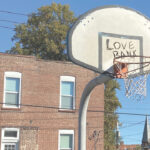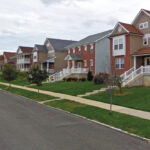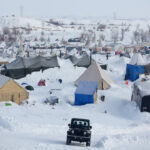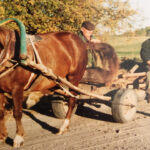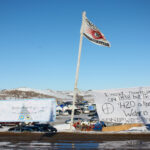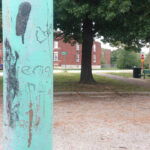
On the Surface of Things
The basketball court in St. Louis Place Park sits just one block east of ninety-nine acres blighted by St. Louis City for the relocation site of the National Geospatial-Intelligence Agency. Like the neighborhood that surrounds it, the black-top has been allowed to fall into disrepair over the past several decades. Similar courts have long served as important social and recreational spaces for Black communities in urban areas across the United States, but this particular court in North St. Louis continues to bear witness to the dispersal and erosion of Black community.

